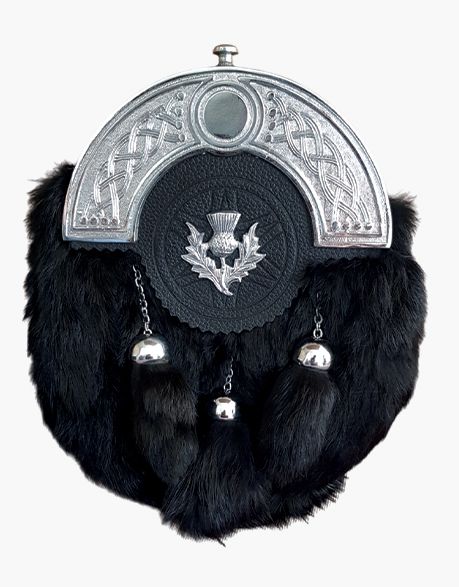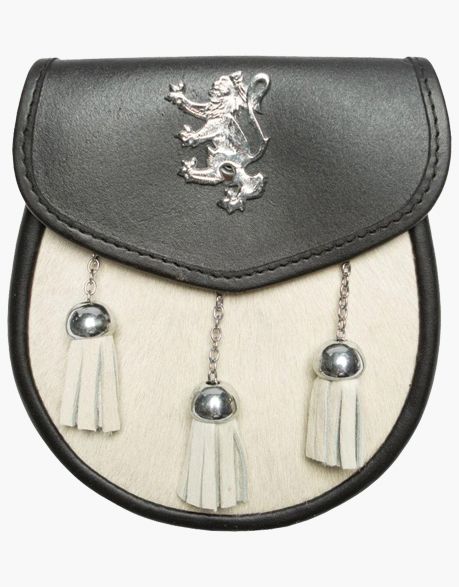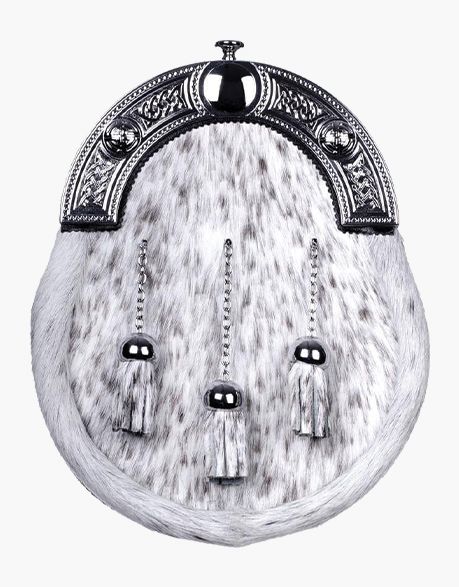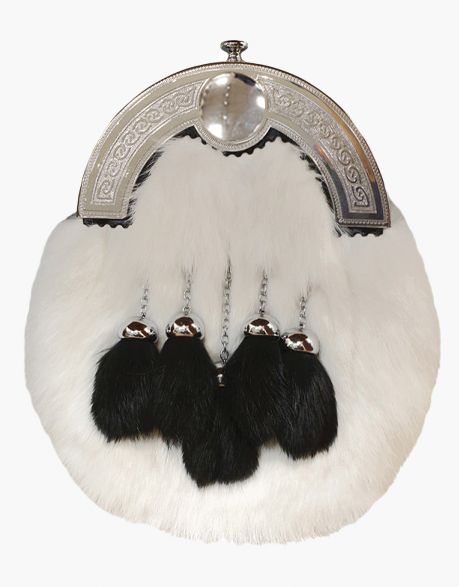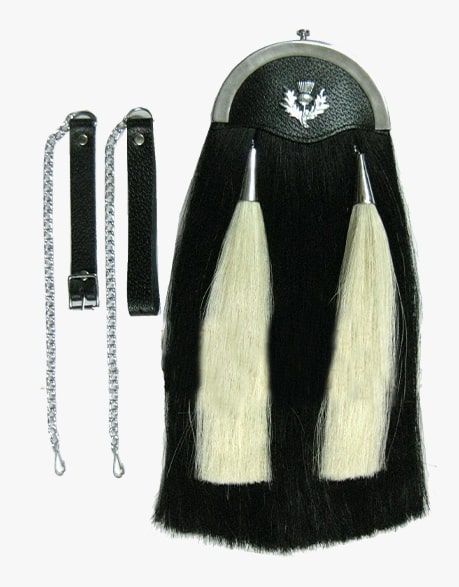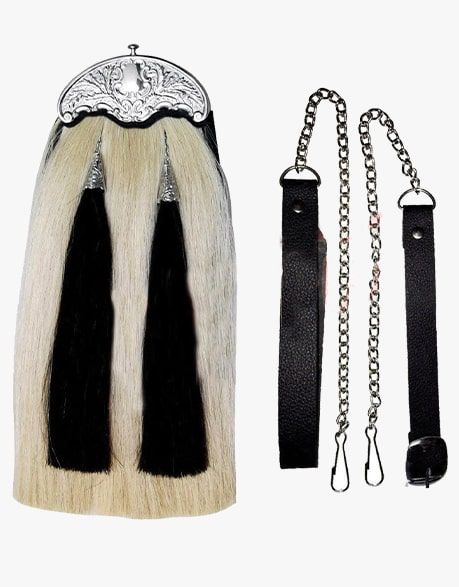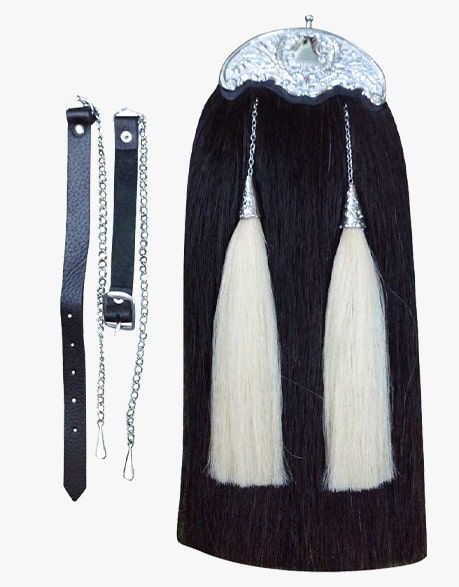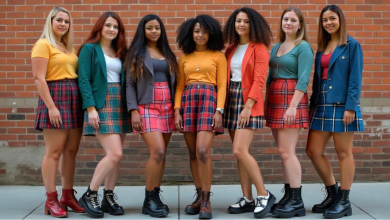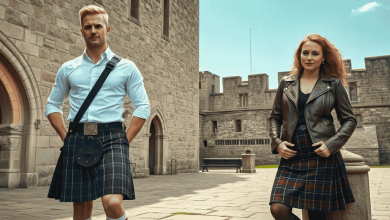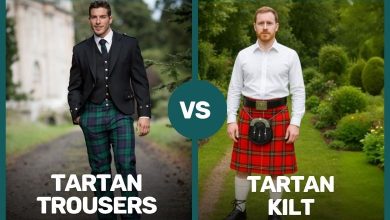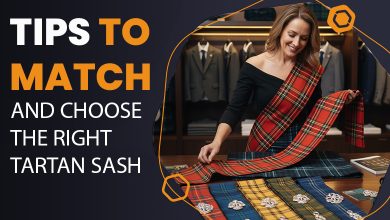The Materials and Craftsmanship of Traditional Sporrans
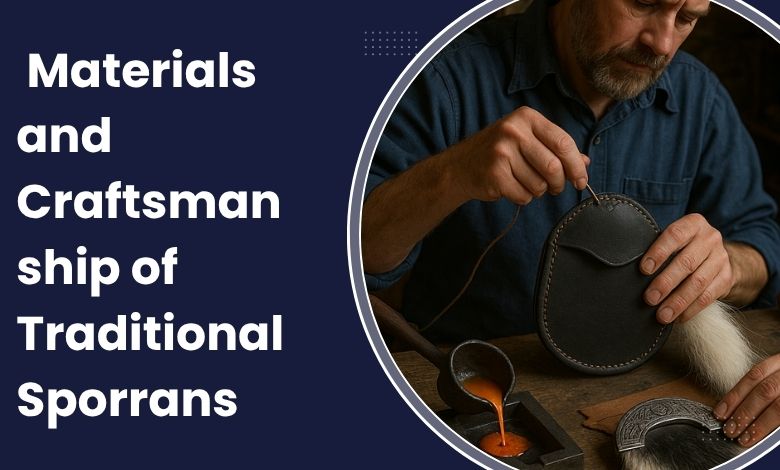
Sporrans are the classic bags or pouches worn specifically with traditional Highland attire in Scotland. Bags themselves serve as an ancient part of the attire which are not only practical items but also have a long history and unique craftsmanship. Sporrans are both beautiful ornaments and practical accessories that complement traditional kilt outfits. This article revolves around sporrans and discusses various aspects, including the materials used in their construction, traditional craftsmanship techniques, types of sporrans, and more. So, without delay let’s start our discussion with materials.
Table of Contents
ToggleKey Traditional Sporran Materials: Leather, Fur, and More
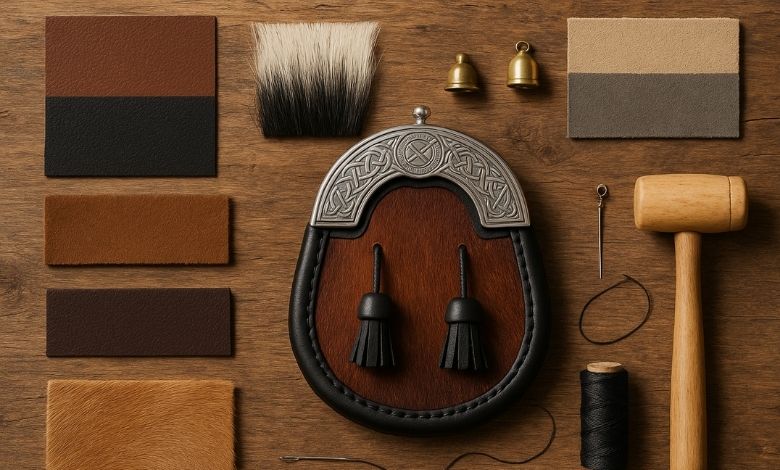
Men’s kilts often come with pockets now, reducing the practical necessity of sporrans. However, traditional sporrans today remain valued for their craftsmanship and ceremonial importance. Though they were meant to carry items, their construction always took place with rugged materials to stay longer. These components were leather, fur, and metal. These materials were favored for their durability, authenticity, and aesthetic appeal.
Leather
Leather is a top-class material that is used in the formation of hundreds of products including leather kilts and sporrans. Today, leather comes in many varieties, but goat and cowhide are most commonly used for sporrans due to their durability and flexibility. The production of leather still takes place by manual practices including animal skin peeling, tanning, and its conversion to leather.
Fur and Hair
Fur enhances ceremonial and formal sporrans with texture and luxury. Some conventional materials including bovine fur, sealskin, and horsehair have been utilized. A common example here is horse hair which produces a striking, flowing appearance. Each variety of fur contributes a distinct appearance and texture. These materials are typically sourced responsibly and affixed with care to ensure both ethical standards and visual appeal.
Metalwork
Essential ornamental components are tassel caps and metal cantles. Pewter, brass, or silver are the primary materials that form these decorative ornaments. Metal cantles are embellished with Scottish symbols with Scottish symbols, thistles, or Celtic knots. Skilled silversmiths craft these elements to enhance the sporran’s durability and beauty. In addition to adding visual impact, their presence symbolizes cultural tradition and clan pride.
Fabric and Linings
To enhance structure and protect the contents, sporrans are usually lined with cotton or suede. Plain or delicate linings add to the overall artistry of the piece. This little touch shows the level of the artist’s commitment to quality, making sure the sporran is not just exquisite on the exterior but also well-made and practical within.
Craftsmanship Techniques in Making Traditional Sporrans
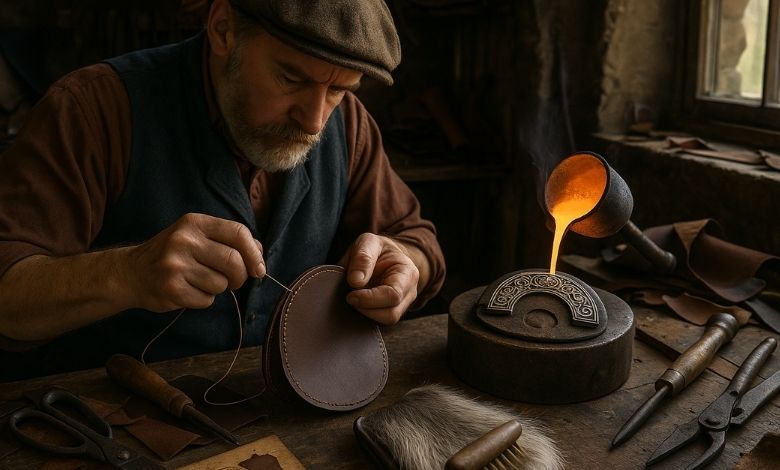
Traditional sporran-making is an art passed down from one generation to the next. Every step demonstrates talent, perseverance, and legacy, from the unique hand-stitching of leather to the complicated metalwork and fur preparation. So, let’s examine the essential crafting methods that give these classic Highland items their unique details and heritage.
Hand-Stitching and Leatherworking
Experts hand-stitch the leather, which is the foundation of traditional sporran manufacture. The process may be lengthy and it requires a thorough understanding of the texture and behavior of leather. In addition, the procedure involves careful cutting and shaping of leather by artisans to guarantee symmetry and durability. This method transforms the sporran from a simple bag into a symbol of Scottish identity and handcrafted accuracy.
Metal Casting and Engraving
Artisans employ expert casting and engraving techniques and etching methods to create metal cantles and tassel hats of a sporran. To offer them a distinctive appearance, artisans pour melted pewter, brass, or silver into specially made molds. The next process is the engraving Celtic design process which starts once the melted substance cools down. The traditional process included engraving it by hand, describing the talent and commitment of craftsmanship.
Fur Preparation and Attachment
The first step in preparing fur for use on leather involves sourcing genuine animal fur, as traditionally done. The next step is to get fur ready for sporrans. It involves some techniques such as washing it with a moist towel and mild soap and ensuring to rinse and dry it completely. Furthermore, to preserve the texture, experts brush the fur along the grain.
Types of Traditional Sporrans
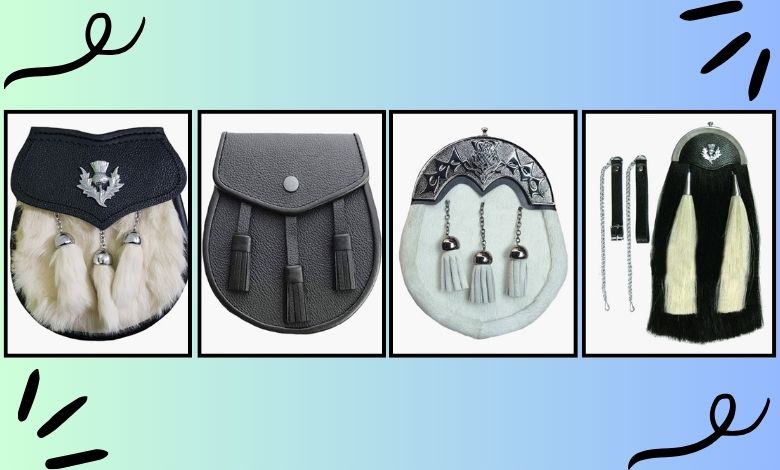
People who have recently become part of Scottish culture may not be aware that sporrans are available in different types. The variations have different features, and aesthetics, and are suitable for different occasions.
Day sporrans: Day sporrans are suitable for casual or day events as their name represents. They are visually simple and do not have many decorative ornaments.
Dress sporrans: A dress sporran is the most popular variation of leather sporrans usually made with premium-quality materials. Serving as a top choice for formal events, dress sporrans feature decorative elements such as cantles, fur, and tassels. Some dress sporrans you should consider trying are:
Semi-dress sporrans: Semi-dress sporrans are versatile ones suitable for both formal and informal kilt outfits. Just like dress sporrans, traditional tassels, a fur or hair front, and a leather flap are its common features.
Horsehair sporrans: Horsehair sporrans are the top choice for those who want to have true traditional sporrans. These sporrans closely resemble dress sporrans, but the use of real horsehair gives them a distinctive look. Some common examples of horsehair sporrans are:
Caring for a Traditional Sporran
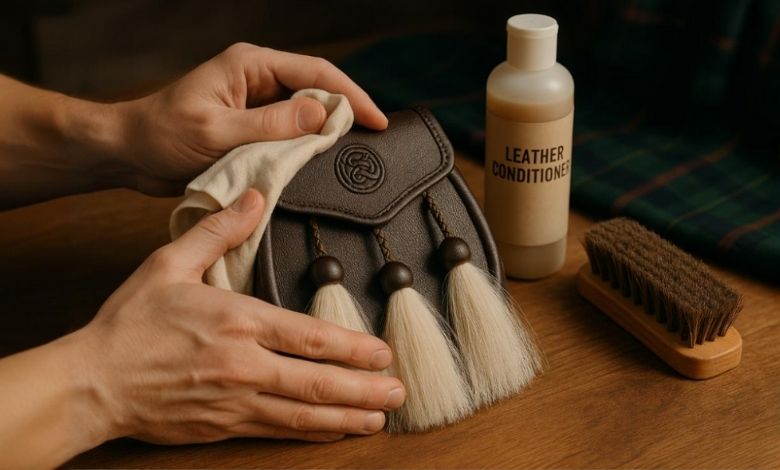
Traditional leather sporrans are far above an accessory like standard bags. They are a representation of a specific culture, and this is why their proper care is not only a requirement but an obligation. Proper care doesn’t require much effort, but it does require consistency and commitment. Some common step to care for your sporrans are given below:
- Keep your sporran away from dampness and bright sunshine so the fading, cracking, or warping may not impact it.
- Use a gentle cloth and a gentle leather cleaner to clean frequently. Remember to keep it away from harsh chemicals.
- Applying a premium leather conditioner will keep your sporran’s leather supple and prevent it from drying out.
- Ensure storing sporran in a breathable cloth bag in a ventilated or moisture-free space.
- To maintain the texture and look of fur or hair sporrans, lightly brush along the grain.
- Keep on checking for any wear and tear to ensure expected longevity.
Purchase Exceptional Sporrans At The Utility Kilt
Are you looking to preserve Scottish culture? Make sure to buy high-quality traditional sporran from The Utility Kilt. Our well-crafted sporrans merge classic design with longevity. Every piece at our store exhibits authentic Scottish workmanship, regardless of its construction for formal or casual events. Take a look at our selection now and purchase a sporran that respects customs and endurance. Shop today and proudly represent your culture!
FAQs about Sporrans
What types of leather are commonly used in sporran-making?
Do experts still use original animal fur in traditional sporrans today?
What is a cantle and what materials are used to make it?
How long does it take to make a traditional sporran by hand?
A typical sporran can take anywhere from 10 to 20 hours to make by hand, depending on its design complication. Fur preparation, metallurgy, hand stitching, fine leatherwork, and skilled workmanship all add to the time. Traditional methods and custom designs add even more complexity and labor to the labor-intensive process.
